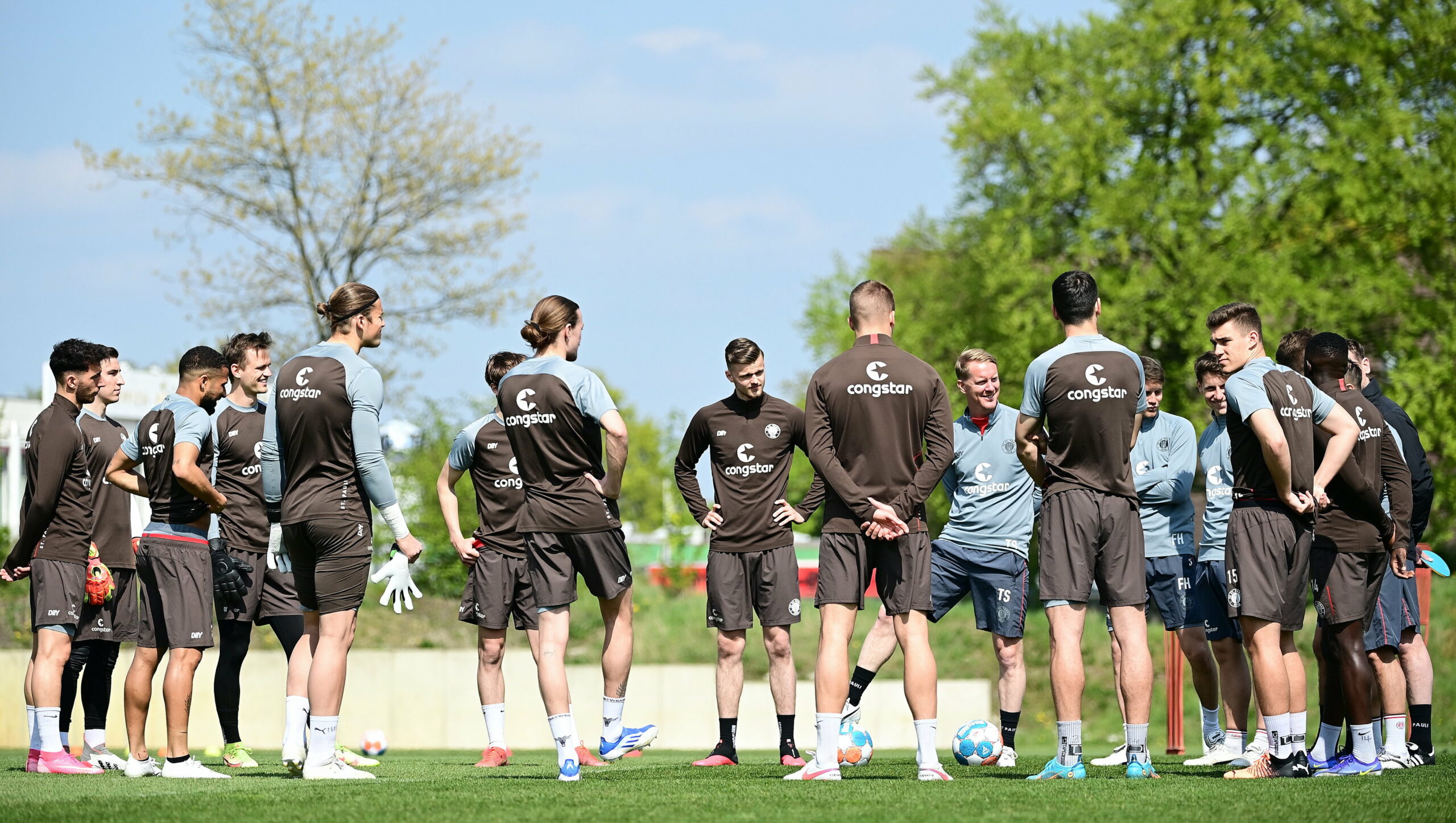Keep your distance – this has been the order of the day since the beginning of 2020, since the coronavirus took hold in the airways and in life. Even with close friends, you kept at least two arm’s lengths away or didn’t meet in person at all. Instead, people toasted screen tiles and shared joy and sorrow via video conference.
Or didn’t see each other at all: In a representative survey conducted as part of the Yougov-Cambridge Globalism Project, almost a third of those surveyed stated that their relationship with their friends had been less close since the corona pandemic. Strict contact restrictions no longer apply at the moment, but it is still not that easy to return to the old closeness to friends.
The friendship researcher Horst Heidbrink is not surprised. “There is something paradoxical about the pandemic,” says the psychologist, who teaches at the Fernuniversität Hagen. In emergencies, people usually drew closer together. “But during the pandemic, we were told: If you want to do something good for your friends, you won’t see them anymore,” explains Heidbrink.
Café and leisure center: cement for social interaction
Above all, non-binding friendships and acquaintances would have suffered, contact with sports partners from the gym, for example, with work colleagues with whom you regularly went for an espresso in the café on the corner before the pandemic, or with fellow players at Doppelkopf in der Bar. “The pandemic has made it clear how important such places are for social interaction,” says Heidbrink.
But sports clubs, fitness studios, restaurants and bars were closed for a long time. If you go there again now, you won’t necessarily meet the same people as before the pandemic. Feeling that you are in good hands because you can be sure that you will meet familiar faces: this feeling must now be re-worked – if your favorite places still exist at all.
Perhaps there have long since been new favorite places and perhaps new friends. Not every friendship is worth maintaining, some togetherness may have just been a habit – that too may have become obvious as a result of the pandemic. And it definitely opens up opportunities to reorganize the circle of friends.
It’s difficult to consciously end a friendship, to tell the other person that you don’t value spending so much time together anymore. It’s easier to gradually let a friendship run out by not seeing each other anymore.
Physical proximity has been considered dangerous since Corona
Making new acquaintances and reviving old friendships – this can be more difficult under the conditions of a never-ending pandemic because one essential factor is missing: the previously everyday physical closeness, the kiss of welcome on the cheek, the encouraging pat on the back, the friendly Hugs cost effort.
“Interpersonal contact is suddenly seen as a risk to your own health and the health of others,” says Romy Simon. The sociologist conducts research at the Technical University of Dresden on social networks, among other things.
Proximity is a very decisive aspect for their cohesion. “When people touch each other, the so-called bonding hormone oxytocin is released,” says sociologist Romy Simon. “It promotes trust and empathy between people.” This effect cannot be replaced by digital contacts via the screen.
Debate about vaccination has strained many friendships
Friendships may also have suffered due to different views on the subject of contact restrictions and corona vaccination. The fact that friends had different views on different topics – “that was also the case before Corona,” says friendship researcher Heidbrink. “But if friendship was important to you, then you found a way and ignored these topics.” In connection with Corona, it was more difficult “because it determined behavior”.
Romy Simon sees the best chances of overcoming such rifts in long-term friendships “that have also experienced other breaks”. Anyone who has already successfully readjusted their relationship with one another is now in a better position to approach others and to accept different positions.
–
;Resize=(1200,627)&impolicy=perceptual&quality=medium&hash=87ffbaddb9312fe83c1aa1b11080299a1d458c263d95252177566fa03c78de8f)

